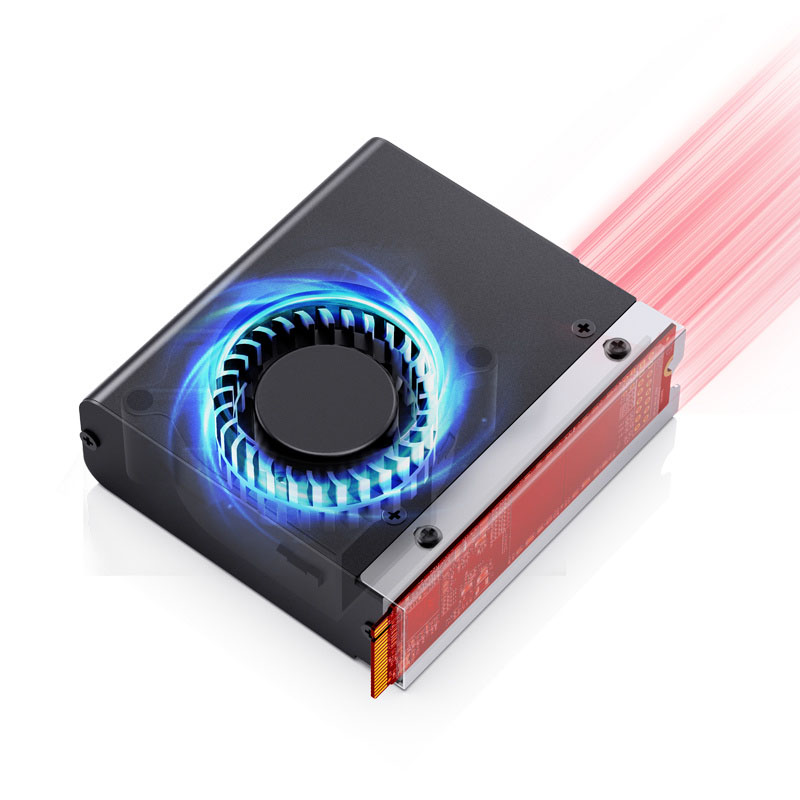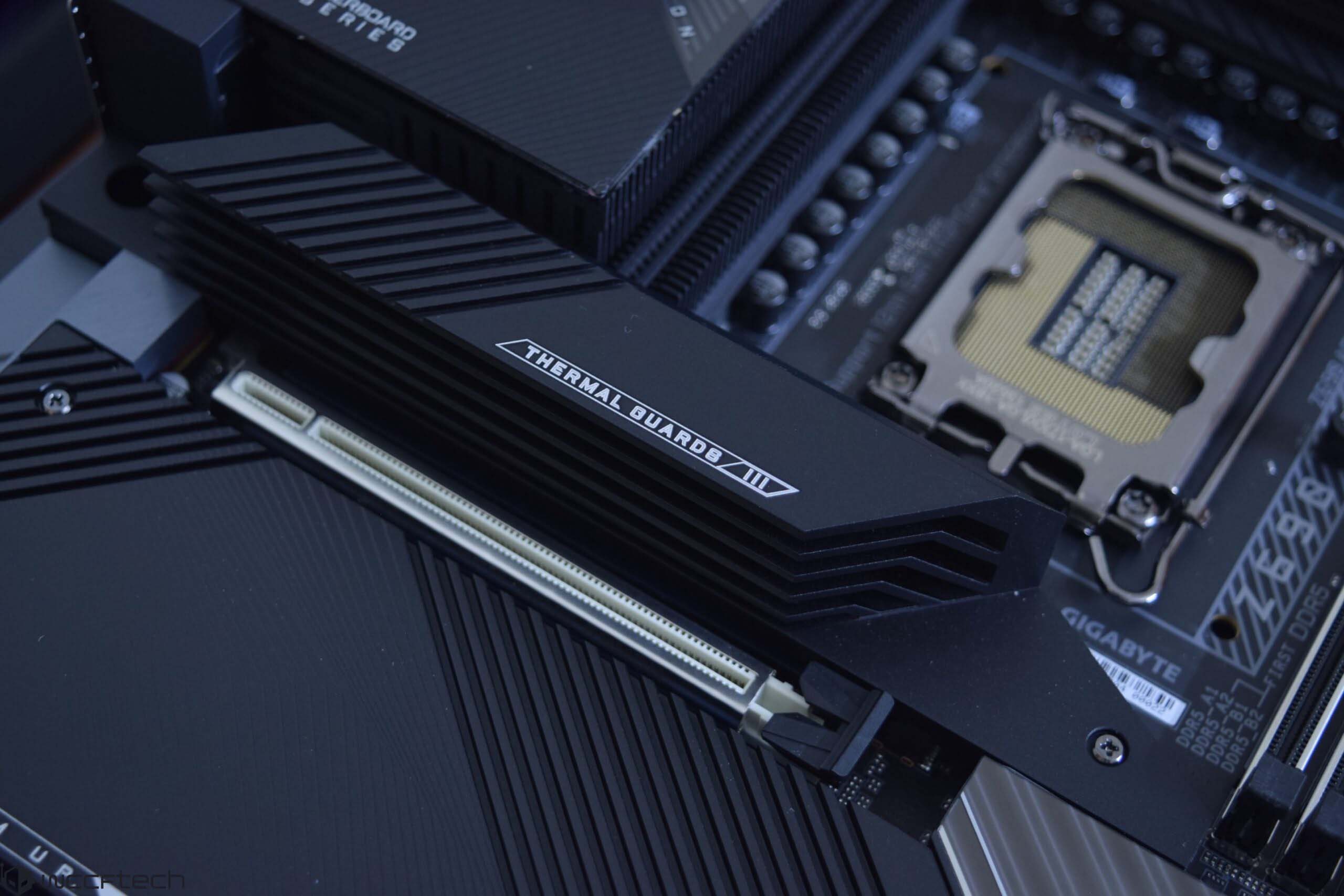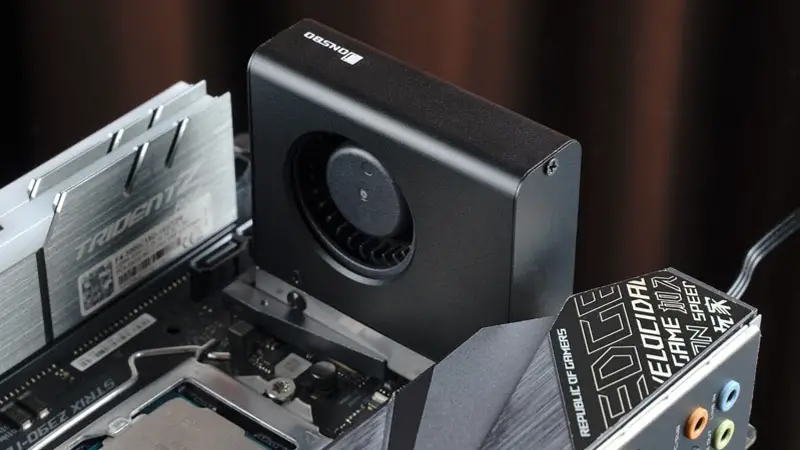With each new generation, M.2 SSDs get faster, but they also consume more power, generating more heat. This is something we already saw with PCI-E 4.0 SSDs, which had a huge increase in heat generation, and this will get even worse with the next generation of M.2 SSDs with PCI-E 5.0 interface coming in 2022. It is for this reason that Josbo, a Japanese manufacturer, introduced its new heatsink for M.2 SSDs with a built-in blower, which promises to keep your next generation SSD cool to get its maximum speeds.

This new solution would offer better cooling than the passive designs currently used thanks to the greater air circulation, and it is compatible with any M.2 2280 SSD. It sits on top of the M.2 SSD with a thermal pad in the contact area. , and efficiently removes generated heat to avoid overheating.
The active component of this cooling option is a turbo blower style fan with a maximum speed of 3,000RPM. It can move an air volume of 4.81 CFM and produces a maximum noise of 27.3dBA, so we will notice its presence in the system.
The new SSDs will consume up to 14W
Many will wonder why someone would need such a cooling system for an SSD drive. It turns out that these new PCI-E 5.0 SSDs have a TDP of up to 14W, starting to need either a passive heatsink with a large volume, or directly go to an active heatsink as it happens in this case. This is something that will get even worse with the arrival of the PCI-E 6.0 SSDs with 28W TDP, which will need active cooling to avoid throttling or even blackouts due to overheating.
Current controllers withstand temperatures up to 125 ° C, but in the case of NAND memories, good cooling is needed since if 80 ° C is reached, the thermal shutdown is activated. In addition, with much lower temperatures, writing and reading speeds are already starting to reduce to avoid reaching these limits, so it will be key to have good cooling to maintain maximum speeds without worries.

At the moment, motherboard and SSD manufacturers are doing their best to offer high-end passive cooling solutions, although several are already beginning to develop new solutions with some kind of active cooling. We’ve seen extreme cases like Team Group adding a 120mm radiator liquid cooling system to their upcoming PCI-E 5.0 SSD, although this is clearly an overstatement already.
The first PCI-E 5.0 SSDs are expected to be shown during CES 2022, so there we will begin to see what designs manufacturers will surprise us with and what kind of cooling they will use. Equally, we are likely to see very few models, with most models being announced later during Computex 2022 at the end of May. We’ll keep you posted, so stay tuned for HD Technology.
What do you think about this heatsink for M.2 PCI-E 5.0 SSDs? Do you think it is necessary or is it an exaggeration?
Source: WCCFTECH















